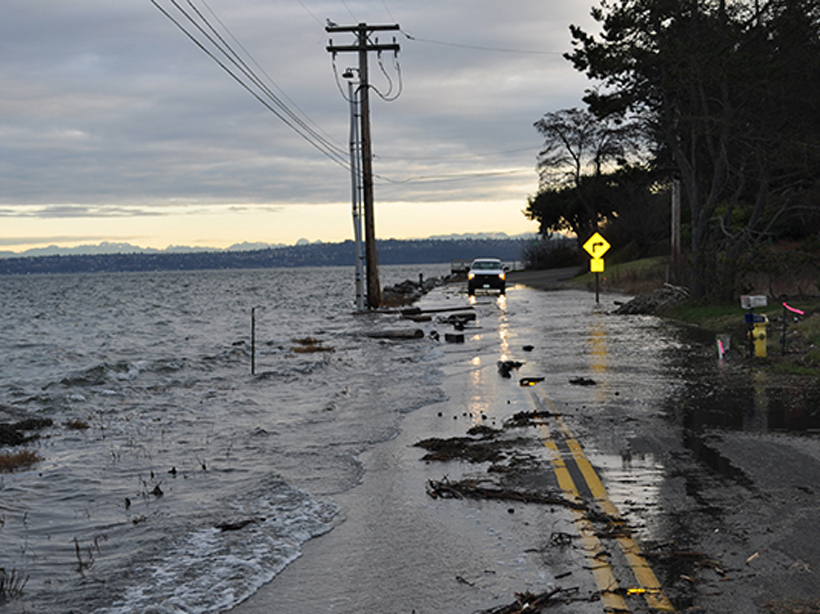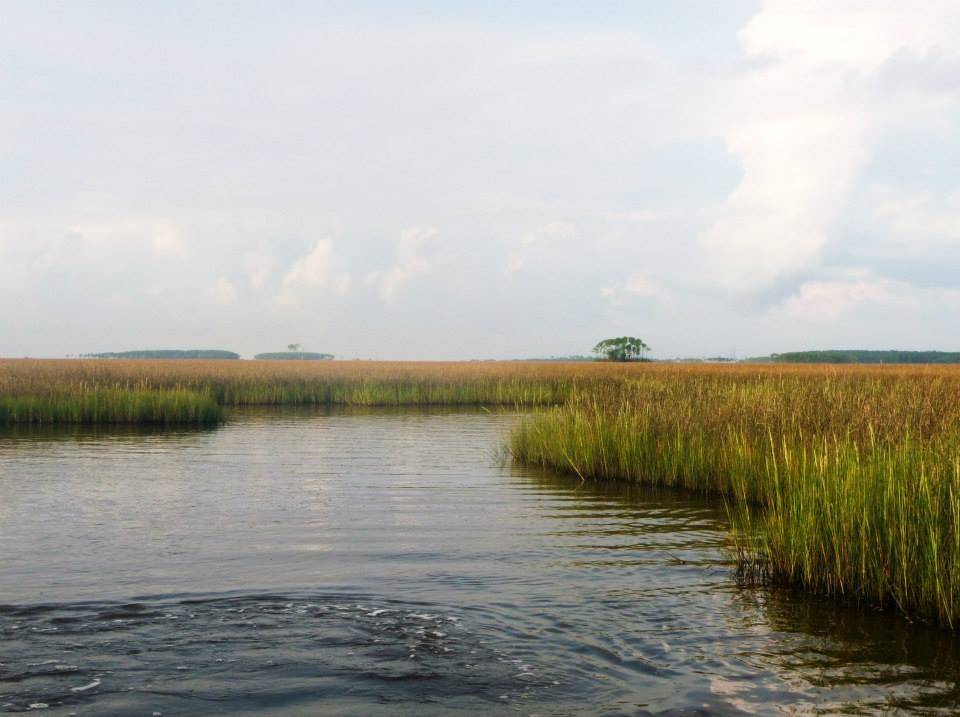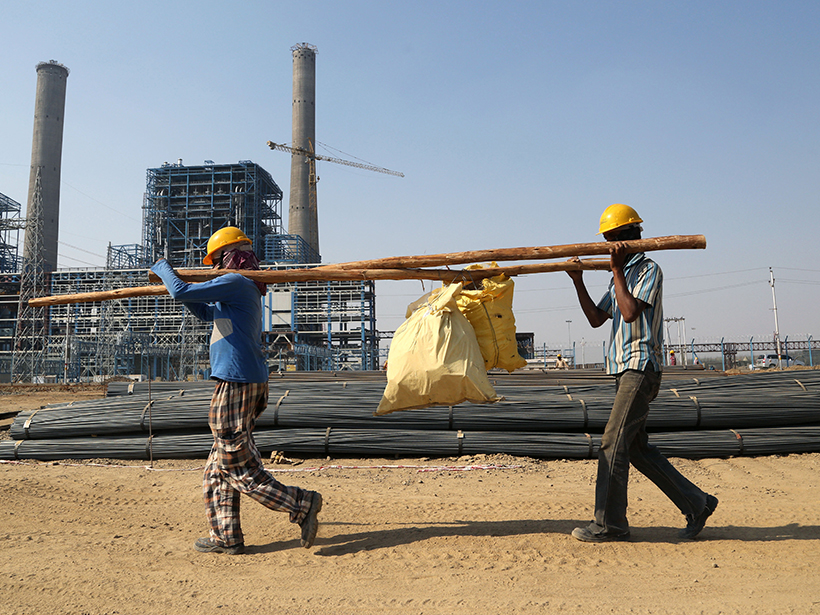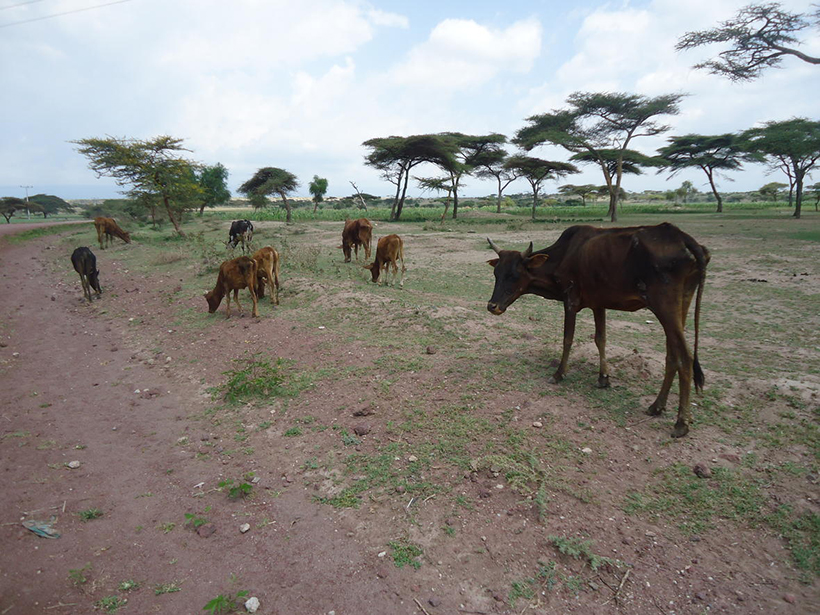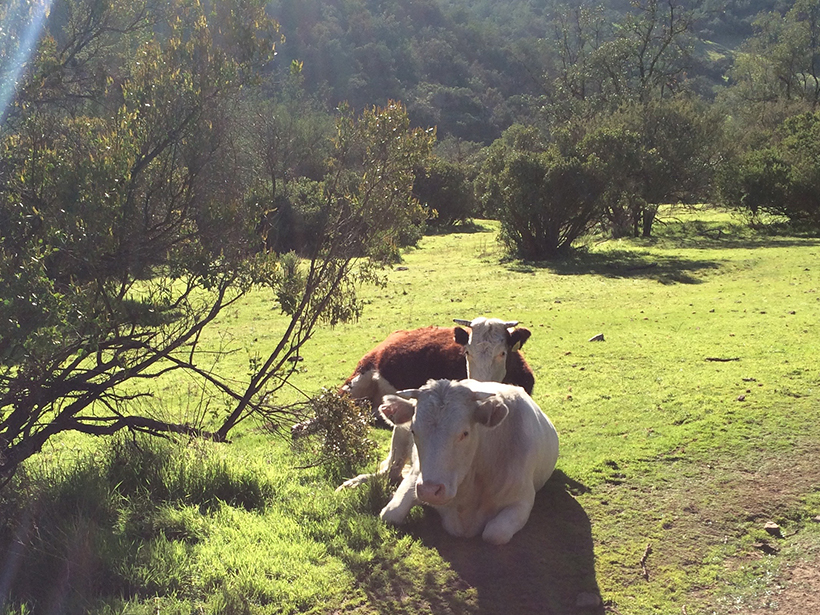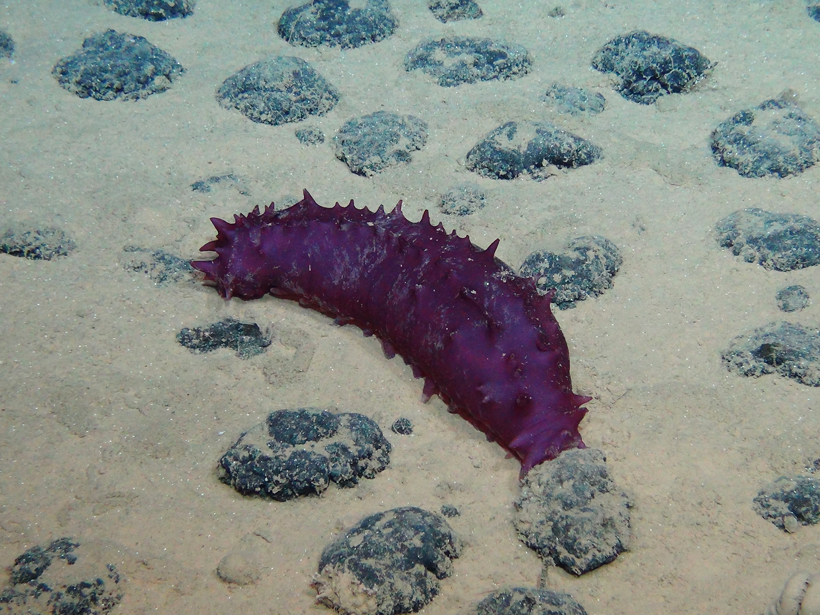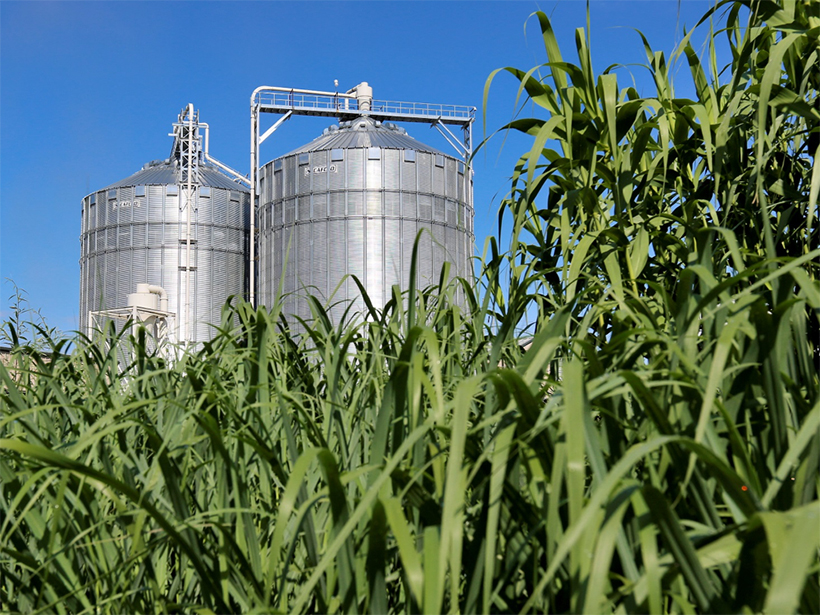Including the effects of physical mechanisms that can quickly increase ice sheet discharge significantly raises sea level rise projections under high-emission scenarios.
Earth’s Future
Reckoning with Climate’s Most Challenging Questions
Climate researchers outline a vision for the future of climate observations.
The Power of Water, Wind, and Solar (and Nothing Else)
Road map for improving climate calls for 100% clean, renewable energy by 2050.
Water World: Sea Level Rise, Coastal Floods, and Storm Surges
A special issue of Earth’s Future examines the impacts of sea level rise on coastal areas and showcases a paradigm shift in the modeling of these dynamic systems.
India’s Plans for Coal Clash with Paris Agreement
India’s proposed coal plants threaten to lock out its low-emission energy goals under the international climate accord.
How Can We Best Manage Shared Resources?
Researchers develop a mathematical model to shed light on the social, economic, and ecological challenges of governing resources such as fisheries, forests, grazing lands, and the atmosphere.
Are Studies That Evaluate Ecosystem Services Useful?
Ecologists find flaws in the approach to research that focuses on services ecosystems provide to humans. These flaws limit certain studies’ utility.
Natural Resource Exploitation Could Reach New Depths
The deep seafloor could provide humans with supplies of valuable metals, but opinion is divided as to whether sustainable exploitation is possible and worth the ecological and economic risk.
Removing Carbon from the Ground Up
Massive plantations for storing carbon and growing biofuel won’t achieve the Paris Agreement’s “2-degree guardrail,” but they could help.
Ocean Currents Push Mainland Pollution to Remote Islands
Marine protected areas, set up to conserve marine ecosystems and species, accumulate pollutants swept in from mainland shores by ocean currents.


